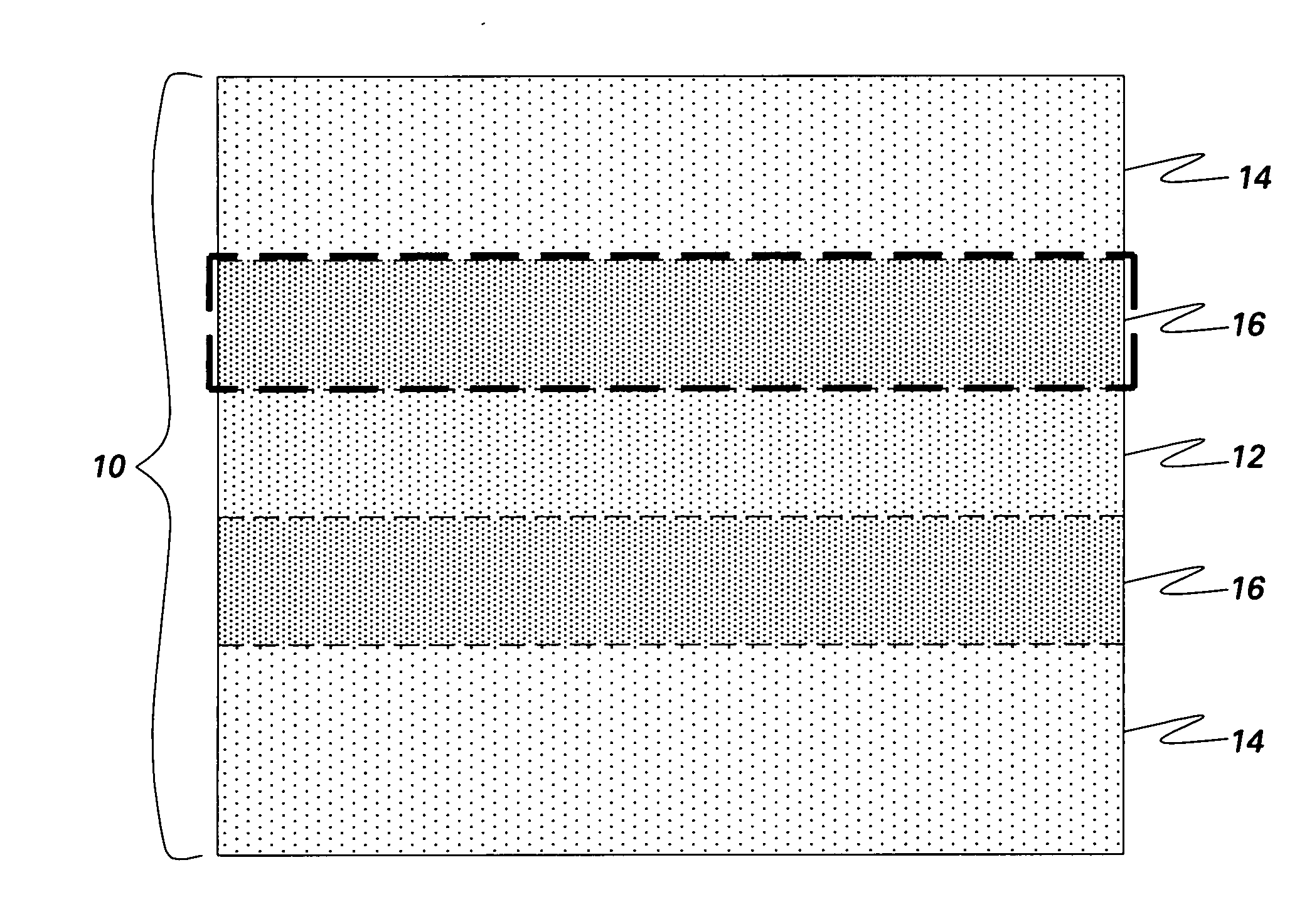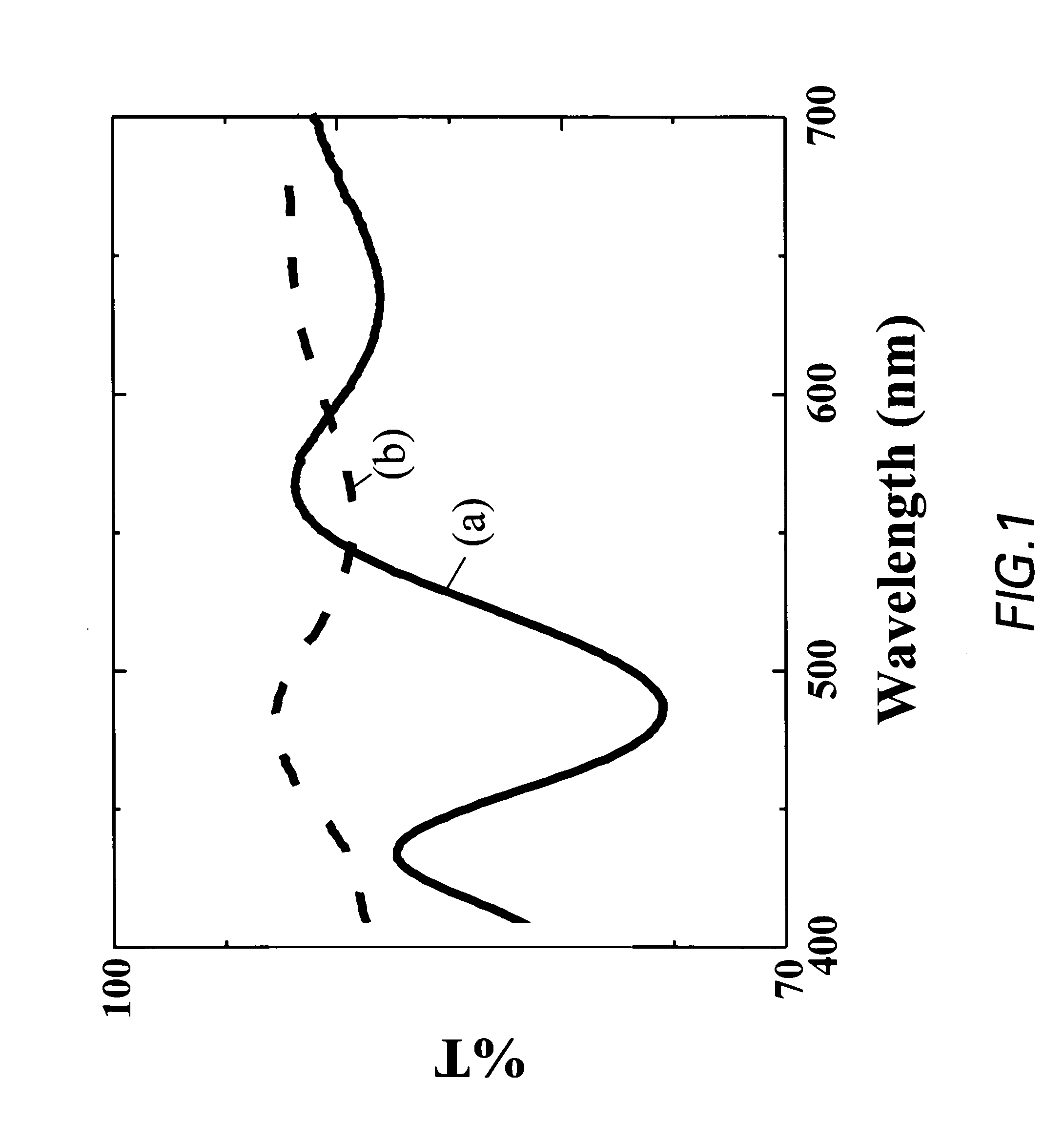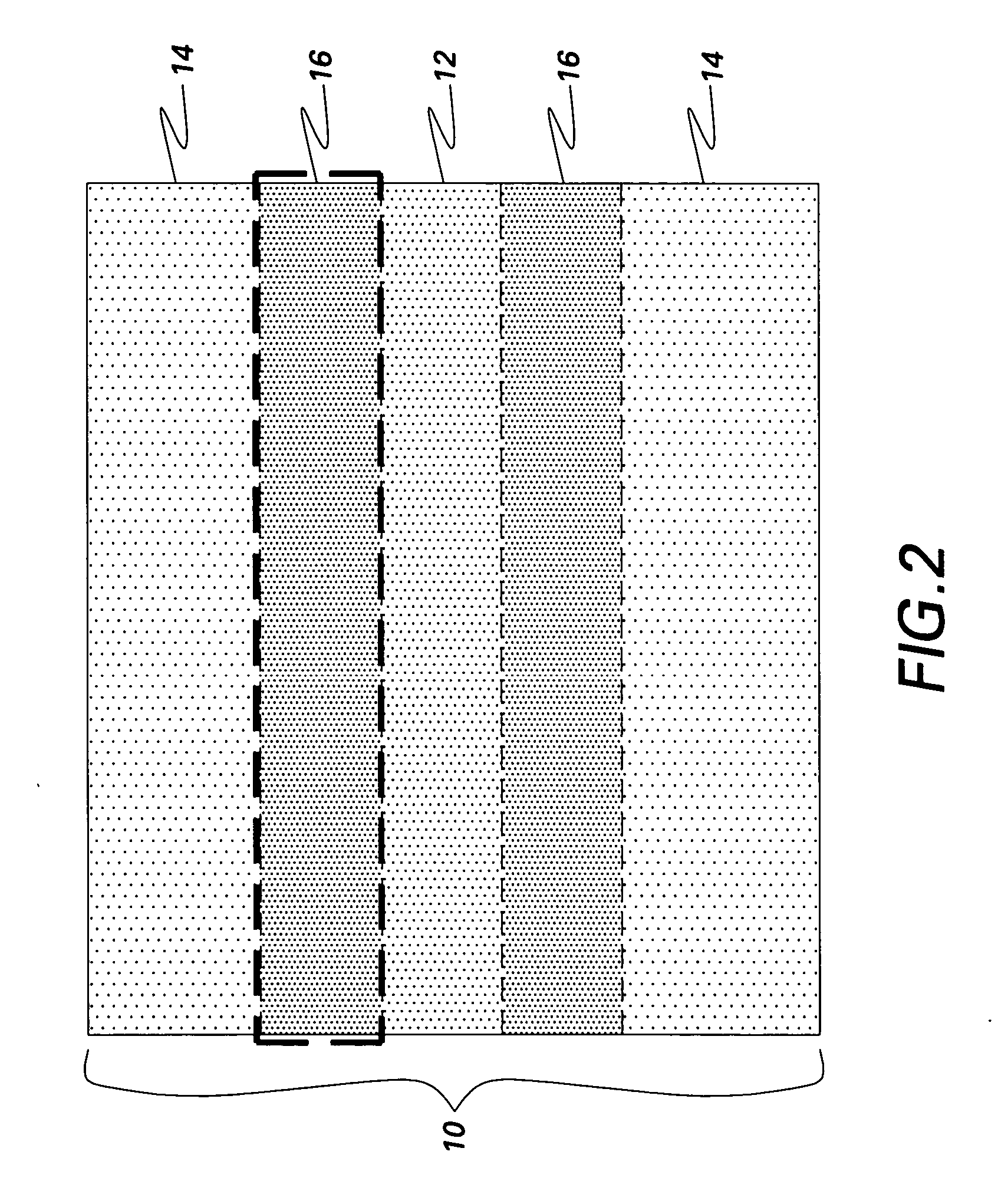Barrier coatings
a barrier layer and coating technology, applied in the field of barrier coatings, can solve the problems of difficult to engineer the thickness, difficult to achieve the exact thickness control of the layer, and the degradation of optical transmission through the barrier layer, etc., to achieve the effect of low diffusion rate, easy mass production, and desirable optical properties
- Summary
- Abstract
- Description
- Claims
- Application Information
AI Technical Summary
Benefits of technology
Problems solved by technology
Method used
Image
Examples
Embodiment Construction
[0019] Light emitting and light absorbing materials and electrode materials in optoelectronic devices, especially in organic optoelectronic devices, are all susceptible to attack by reactive species existing in the environment, such as oxygen, water vapor, hydrogen sulfide, SOx, NOx, solvents, etc. Barrier coatings engineered to affect light transmission only to a small extent are useful in extending the device lifetime without degrading the overall device efficiency, thus rendering them commercially viable. Desirable barrier properties are achieved in the coating of the present invention by using an organic-inorganic composition and desirable light transmission is achieved by matching refractive indices of inorganic zones and organic zones in the coating.
[0020] One aspect of this invention is a composite article comprising a barrier coating of organic-inorganic composition, the barrier coating having optical properties that are substantially uniform along an axis of light transmis...
PUM
| Property | Measurement | Unit |
|---|---|---|
| wavelength range | aaaaa | aaaaa |
| light transmittance | aaaaa | aaaaa |
| refractive index | aaaaa | aaaaa |
Abstract
Description
Claims
Application Information
 Login to View More
Login to View More - R&D
- Intellectual Property
- Life Sciences
- Materials
- Tech Scout
- Unparalleled Data Quality
- Higher Quality Content
- 60% Fewer Hallucinations
Browse by: Latest US Patents, China's latest patents, Technical Efficacy Thesaurus, Application Domain, Technology Topic, Popular Technical Reports.
© 2025 PatSnap. All rights reserved.Legal|Privacy policy|Modern Slavery Act Transparency Statement|Sitemap|About US| Contact US: help@patsnap.com



